
Particle physics
Source: Wikipedia. Pages: 183. Chapters: Dark matter, String theory, Higgs boson, Technicolor (physics), List of baryons, Standard Model (mathematical formulation), List of mesons, Quantum electrodynamics, Renormalization, Antimatter, Quantum chromodynamics,... Viac o knihe
Produkt je dočasne nedostupný
35.82 €
bežná cena: 40.70 €
O knihe
Source: Wikipedia. Pages: 183. Chapters: Dark matter, String theory, Higgs boson, Technicolor (physics), List of baryons, Standard Model (mathematical formulation), List of mesons, Quantum electrodynamics, Renormalization, Antimatter, Quantum chromodynamics, Neutron detection, An Exceptionally Simple Theory of Everything, De Sitter invariant special relativity, Alpha Magnetic Spectrometer, Synchrotron radiation, Minimal Supersymmetric Standard Model, Quantum tunnelling, Nuclear structure, Standard solar model, Timeline of atomic and subatomic physics, Elementary particle, Grand Unified Theory, Fundamental interaction, Strangeness production, Parity (physics), W and Z bosons, QED vacuum, Virtual particle, T-symmetry, Physics beyond the Standard Model, Cherenkov radiation, Cabibbo-Kobayashi-Maskawa matrix, Preon, Strangelet, Kaluza-Klein theory, Isospin, Data analysis, Wilhelm Röntgen, QCD matter, Timeline of particle discoveries, CP violation, Large extra dimension, Automatic calculation of particle interaction or decay, Weakly interacting massive particles, Toroidal ring model, Emission spectrum, Sterile neutrino, Schrödinger field. Excerpt: In astronomy and cosmology, dark matter is a type of matter hypothesized to account for a large part of the total mass in the universe. Dark matter cannot be seen directly with telescopes; evidently it neither emits nor absorbs light or other electromagnetic radiation at any significant level. Instead, its existence and properties are inferred from its gravitational effects on visible matter, radiation, and the large scale structure of the universe. Dark matter is estimated to constitute 84% of the matter in the universe and 23% of the mass-energy. Dark matter came to the attention of astrophysicists due to discrepancies between the mass of large astronomical objects determined from their gravitational effects, and the mass calculated from the "luminous matter" they contain; such as stars, gas and dust. It was first postulated by Jan Oort in 1932 to account for the orbital velocities of stars in the Milky Way and Fritz Zwicky in 1933 to account for evidence of "missing mass" in the orbital velocities of galaxies in clusters. Subsequently, other observations have indicated the presence of dark matter in the universe, including the rotational speeds of galaxies, gravitational lensing of background objects by galaxy clusters such as the Bullet Cluster, and the temperature distribution of hot gas in galaxies and clusters of galaxies. According to consensus among cosmologists, dark matter is composed primarily of a new, not yet characterized, type of subatomic particle. The search for this particle, by a variety of means, is one of the major efforts in particle physics today. Although the existence of dark matter is generally accepted by the mainstream scientific community, several alternative theories have been proposed to try to explain the anomalies for which dark matter is intended to account. Dark matter's existence is inferred from gravitational effects on visible matter and gravitational lensing of background radiation, and was originally hypothesized to account f
- Vydavateľstvo: Books LLC
- Formát: Paperback
- Jazyk:
- ISBN: 9781233265671


 Anglický jazyk
Anglický jazyk 
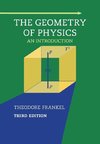
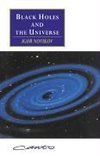
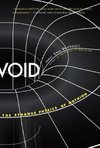
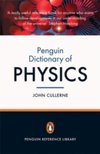


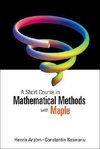
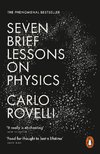


 Nemecký jazyk
Nemecký jazyk